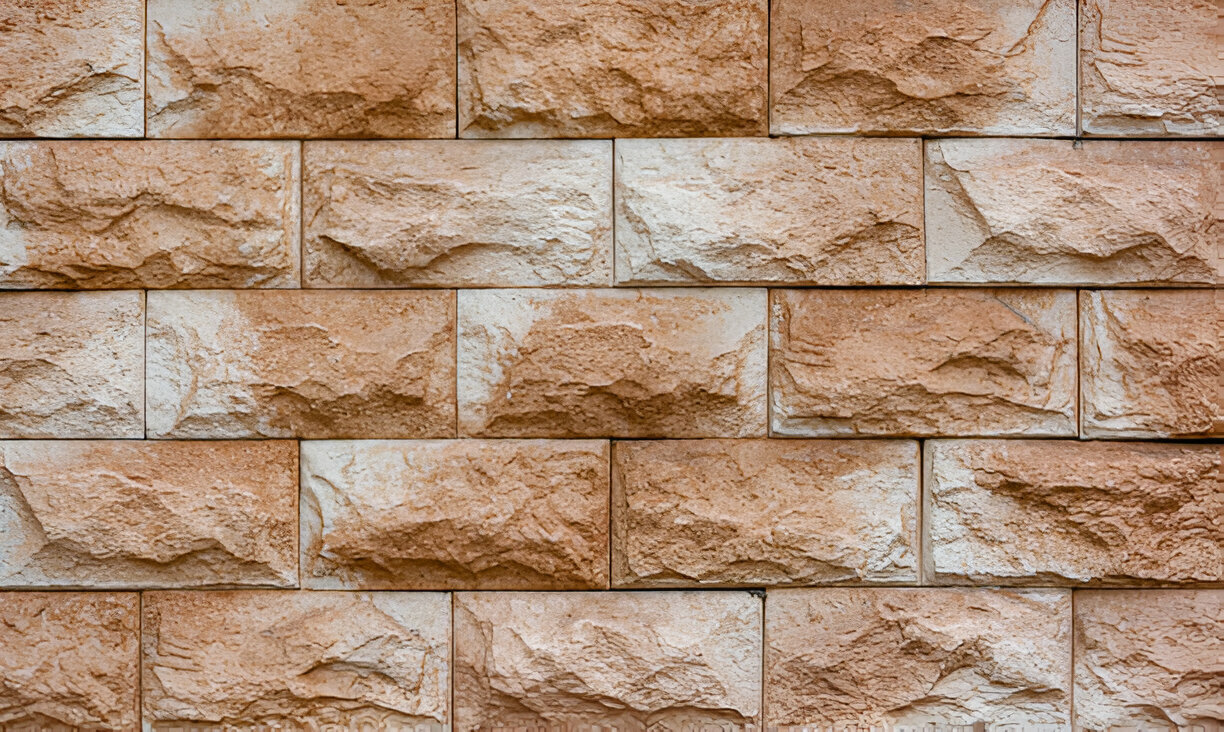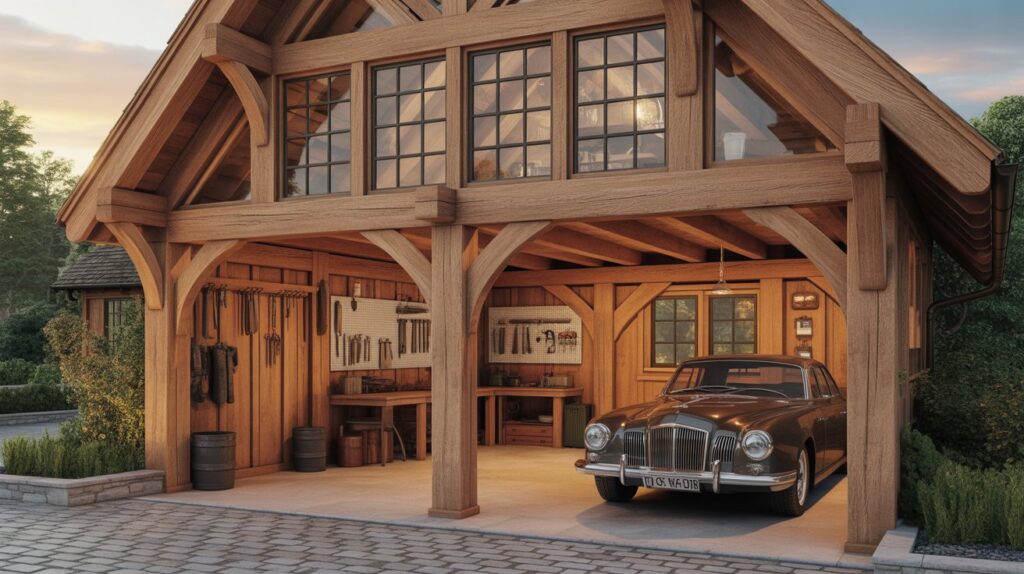Have you been contemplating giving your outdoor space an alluring makeover with an ageless, earthy feel? Are you intrigued by the idea of integrating the durability of natural stone into your landscape? As unlikely as it may sound, the answers to these questions, ladies and gentlemen, could seamlessly lie in the wonderful world of limestone pavers.
Limestone, as those of us fondly embedded in architecture and interior design already know, is an understated marvel. Its subtle aesthetics have earned it a steady stream of plaudits from homeowners, landscape architects, and builders alike. Immensely valued for its distinct features and usability, there is more to limestone than meets the eye. But how much do we know about the durability and maintenance associated with this much-acclaimed material? Reflect on that as we unfurl the mystery beneath the surface and delve deeper into the labyrinth of limestone pavers.
Think of this as a comprehensive guide, encapsulating everything you might need to know before perusing the shelves for limestone pavers—that prevalent, yet rarely discussed subject in the broad spectrum of home improvement. Join me as we take this voyage of discovery and unravel the various elements surrounding limestone pavers, from durability to the less glamorous topic of maintenance expectations, and everything in-between.
What Sets Limestone Pavers Apart?
Their universal appeal lies in the fusion of durability and aesthetics, offering a persistence parallel to that of more formidable options like granite or marble. Yet, their softly muted palette and organic beauty set them lightyears apart in the race for supremacy. From classic travertine hues to the cool Viking greys, limestone pavers offer a spectrum of shades eagerly waiting to be integrated into your personal outdoor oasis.
The magic doesn’t stop at aesthetics, though. It seeps into the realm of practicality. The thermal properties of limestone ensure its surface remains comfortably cool even under the assault of harsh sunlight, rendering it an ideal choice for pool decks and outdoor patios. Simultaneously, its non-slip surface stands as a testament to its superior safety profile.
But any praiseworthy discourse about limestone would be incomplete without an acknowledgment of its easy maintenance. Cleaning limestone paving is as simple as using a mix of warm water and mild dish soap alongside a soft-bristle brush. Coupled with minimal maintenance efforts, it’s easy to see why limestone continues to be the toast of the construction world.
Weighing the Pros and Cons of Limestone Pavers
Despite its many outstanding attributes, limestone pavers come with a handful of considerations one needs to comprehend fully before embarking on their purchase. One distinct disadvantage of limestone paving is its susceptibility to discoloration and etching caused by acidic substances, including certain types of fertilizers and cleaners. Yet, this can be effectively countered through the application of a quality sealant after installation.
Expounding the arguments further, limestone’s limited color options may be perceived as a disadvantage by some. While its muted color palette resonates with many drawn to its subdued appeal, others with a preference for brighter hues or elaborate designs might find it rather limiting. That being said, the timeless elegance and the ability of limestone pavers to seamlessly blend into any landscaping concept makes them a regularly preferred choice.
Understanding the Durability of Limestone Pavers
Limestone pavers boast an impressive lifespan. By employing a rigorous regimen of cleanup and sealing procedures, homeowners can expect their limestone paving to last multiple decades, overcoming the test of harsh weather and foot traffic.
Maintaining the Pristine Condition of Your Limestone Paving
Maintenance is an indispensable facet when ascertaining the longevity of any construction material. Proper techniques and correct cleaning agents can significantly aid in preserving the aesthetics and functionality of limestone pavers, while improper practices may lead to irreparable damage. Regular cleaning and sealing can ensure the preservation of the surface’s integrity, elevating the life expectancy of limestone pavers.
How Does the Cost Factor Weigh Into the Equation?
While limestone pavers could be more expensive compared to concrete or brick, they are generally considered mid-range in terms of cost – a more affordable alternative to high-end materials like granite or marble. The monetary investment in limestone paving, offset by its longevity, maintenance ease, and timeless beauty, indeed validates its value for money.
Sourcing Quality Limestone Pavers
Quality remains the cornerstone when it comes to choosing limestone pavers. Adequate research can help you identify reliable suppliers who uphold industry standards and provide quality material, ensuring the durability and longevity of your investment. After all, what we wish for you isn’t just an outdoor space, but a lifetime of memories etched into the beauty of limestone.
Conclusion
From the outset, limestone pavers seem to blend an enticing cocktail of aspects – durability paired with soft-spoken elegance, easy maintenance, and an array of functional benefits such as thermal resistance and slip-free surface. While a few potential drawbacks need to be considered, the rewards outweigh the odds for those devoted to the unique aesthetic limestone brings to the table.
In the grand scheme of home improvement, limestone pavers are akin to a sonnet that has rewritten the laws of grace and practicality. They blend resilience and charm in a manner that no other paving material quite can. Whether it’s upgrading a pool deck, transforming a patio, or creating an inviting pathway, limestone pavers make a reliably durable option, as long as you are willing to look beyond the initial cost and embrace the value of the long-term investment.
Choosing limestone pavers offers an opportunity to craft an outdoor space that stands the test of time. Engage with nature, and the rewards – you’ll see, might just be crafted in limestone.









